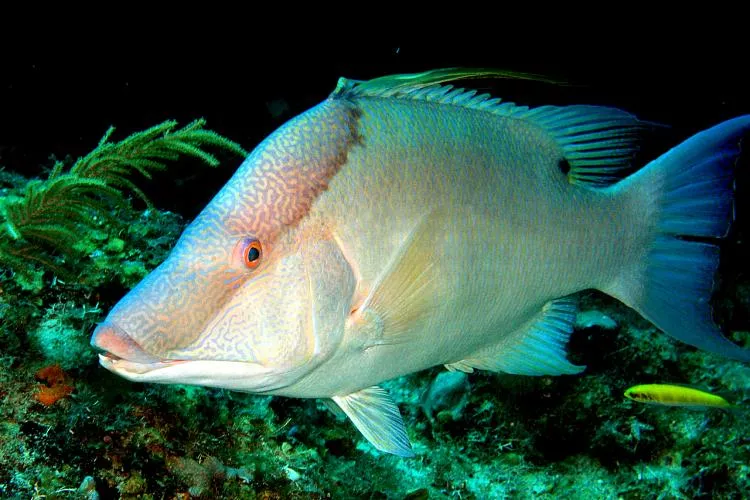Light-sensing Skin Cells Make Hogfish a Master of Camouflage
Scientists uncover a unique layer of cells in hogfish skin that enhances their ability to blend seamlessly into their surroundings.
Hogfish, Lachnolaimus maximus, possess an uncanny ability to alter their skin colour, transitioning from a mottled white to a deep coral orange within mere seconds. This remarkable transformation is a survival mechanism, allowing them to seamlessly blend with their environment, evading potential predators.
But the question arises: How do hogfish ascertain whether they're truly camouflaged or starkly visible? Recent scientific discoveries provide an intriguing answer. Beneath the hogfish's dynamic, colour-changing skin lies a layer teeming with light-sensing proteins. These proteins, researchers believe, enable the fish to gauge and adjust its skin hue to match its surroundings.
Skin that sees
In 2018, a groundbreaking discovery revealed that the hogfish's skin expressed a gene for an opsin protein, akin to the proteins responsible for colour sensing in our eyes. While similar proteins have been identified in other colour-adaptive creatures like octopuses, their exact role remained a mystery.
However, the latest research, published in Nature Communications, indicates that these opsins are not in the colour-altering skin layer but reside beneath it. This unique arrangement suggests that the hogfish might be using this layer as an internal mirror, cross-referencing its skin colour with its visual perception to ensure perfect camouflage.




























